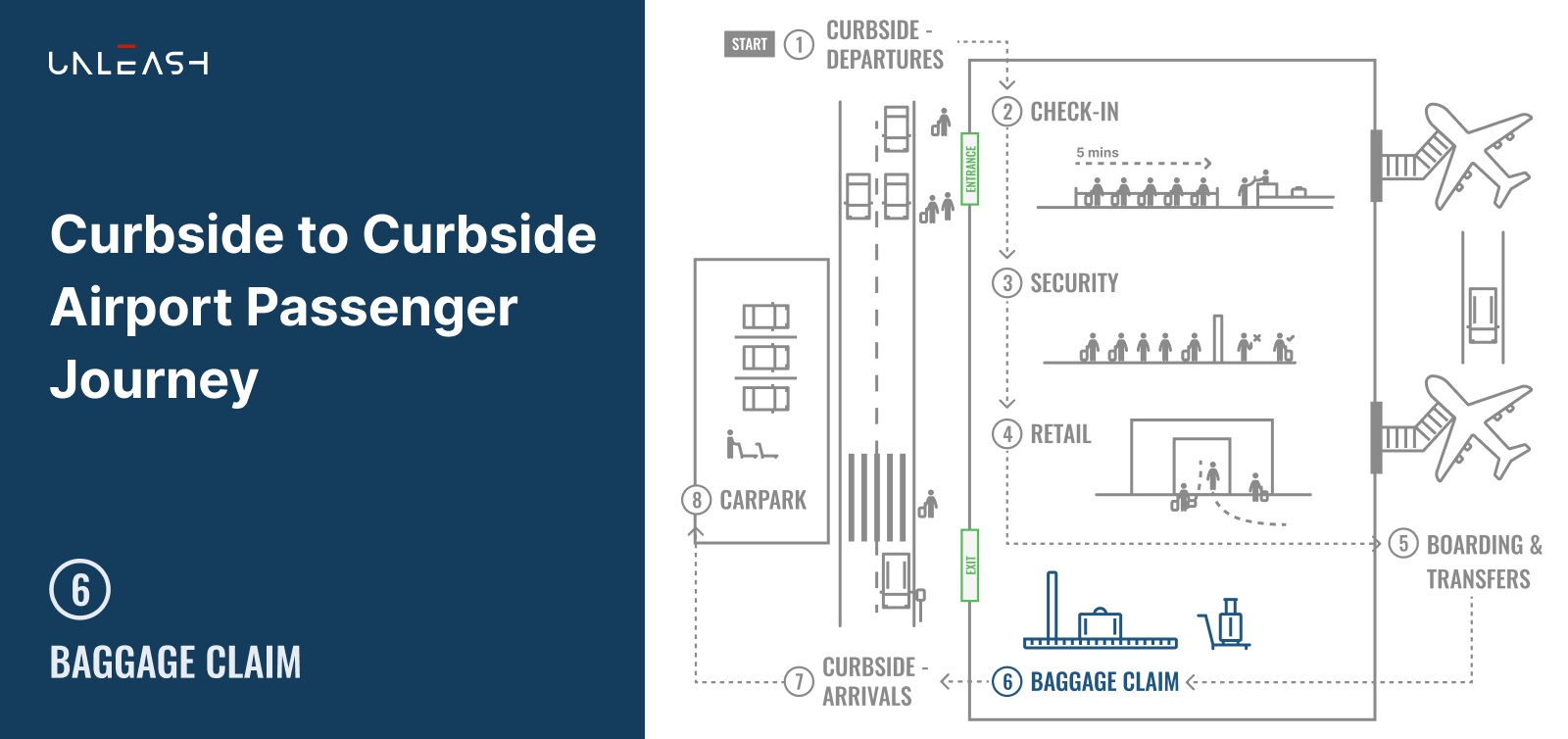Unlocking Airport Profitability with Visual Analytics
The aviation industry is a complex network of intricate operations and multifaceted services, with airports at its financial core. These connectivity hubs serve as gateways to the world, hosting many income-generating activities. While aeronautical services, including fees and charges imposed on airlines and passengers, constitute the primary source of revenue, airports also rely heavily on non-aeronautical services such as retail, commercial ventures, and property rentals. Let's delve into the Profit & Loss (P&L) impact of visual analytics on airport profitability, uncovering how it uniquely influences the core income drivers for these essential aviation hubs.
Visual Analytics - The Game-Changer
Airports face a unique challenge, unlike the airlines that operate within their confines, they have limited access to passengers and cargo once they leave the airport facilities. However, airports do have a goldmine of data at their disposal during transit. Visual analytics is the game-changer in this scenario, transforming specialized airport services in four key areas: 1. Passenger movement, 2. Airside services, 3. Safety and security, and 4. Cargo handling.
1. Passenger Movement - Enhancing Efficiency and Experience
An airport's mission is to transport passengers to and from an aircraft while ensuring their comfort. Additionally, airports aim to entice passengers to spend more time in revenue-generating retail areas. Unfortunately, bottleneck areas like curbside drop-offs, security checks, and customs processes often react to demand and rely on unreliable manual oversight. This can negatively impact passenger volume, passenger experience, and staff productivity, the core income drivers. Visual analytics, however, can make a significant difference in these areas:
- Curbside Management: Visual analytics can monitor real-time traffic and drop-off patterns at curbsides, identifying vehicle dwell times, congestion, and bottlenecks. This information enables efficient deployment of airport staff and proactive measures. Even a modest 5% improvement in curbside utilization can be equivalent to extending the curbside by 15 meters, accommodating 20 additional vehicles during peak hours. Such data insights guide capital investments and operational enhancements and reduce labor costs.
- Queue Monitoring and Management: AI queue management reduces waiting times, leading to improved passenger experiences, heightened customer satisfaction, and increased retail sales. Enhanced passenger flow encourages longer stays in shopping and dining areas, ultimately boosting non-aeronautical revenue.
Double Parking AI App for Curbside Management
2. Airside Services - Optimizing Asset Utilization
Airports generate a significant portion of their revenue from air service operators using their airside assets. The key income drivers here are asset utilization and minimizing asset maintenance costs. Fees are often calculated in lump sums, relying on service operators or manual estimations, which can lead to revenue discrepancies. Visual analytics can help in various ways:
- Bay Ramp/Chocks On-Chocks Off: Visual analytics can automate inspections, reducing labor costs and minimizing downtime through automatic alerts and expedited inspections.
- Foreign Object Detection: Automated detection systems can prevent foreign objects on runways, enhancing safety and reducing operational disruptions.
3. Safety and Security - Cutting Costs Through Automation
Visual analytics can reduce the need for manual monitoring, thus decreasing the cost of security personnel. AI-driven video analytics efficiently monitor perimeters, reducing security staff requirements and costs.
It also assists with use case scenarios such as:
- Suspicious Behavior Detection: AI can quickly identify suspicious behavior, enabling security personnel to respond promptly and prevent potential security incidents.
- Perimeter Monitoring: Continuous AI monitoring helps prevent unauthorized access and reduces the likelihood of security breaches and associated costs.
- Unattended Baggage: AI monitoring helps prevent unauthorized access and reduces the likelihood of unattended baggage issues and associated costs.
Baggage Detection AI App
4. Cargo Management - Monetizing an Untapped Resource
Cargo movement is a growing concern for airports worldwide, yet it remains the least monetized area. Visual analytics can create new revenue streams for airports while improving cargo traffic management, including:
- Speed of Transit: Visual analytics provide real-time accountability and instant inventory management for cargo movement, reducing turnaround times.
- Defect Identification: Early identification of damaged goods reduces losses and the need for returns.
- Customer Experience: Real-time tracking enhances the customer experience, boosting loyalty and revenue.
- Productivity: Visual task assignment and instant inventory management improve overall productivity.
- Added Capacity: Preventative maintenance for cargo handling assets improves available capacity and turnaround time.
- Theft Detection and Prevention: Reduced security personnel and insurance costs through better monitoring and prevention.
- Regulatory Compliance: Faster reporting and adherence to regulations, reducing compliance costs.
In conclusion, visual analytics transforms the aviation industry by optimizing airport revenue drivers. The impact is profound, from enhancing passenger experiences and optimizing asset utilization to cutting security costs and monetizing cargo services. As the aviation sector evolves, visual analytics will continue to play a pivotal role in shaping its future, ensuring profitability and efficiency in an increasingly competitive landscape.
Learn more.







